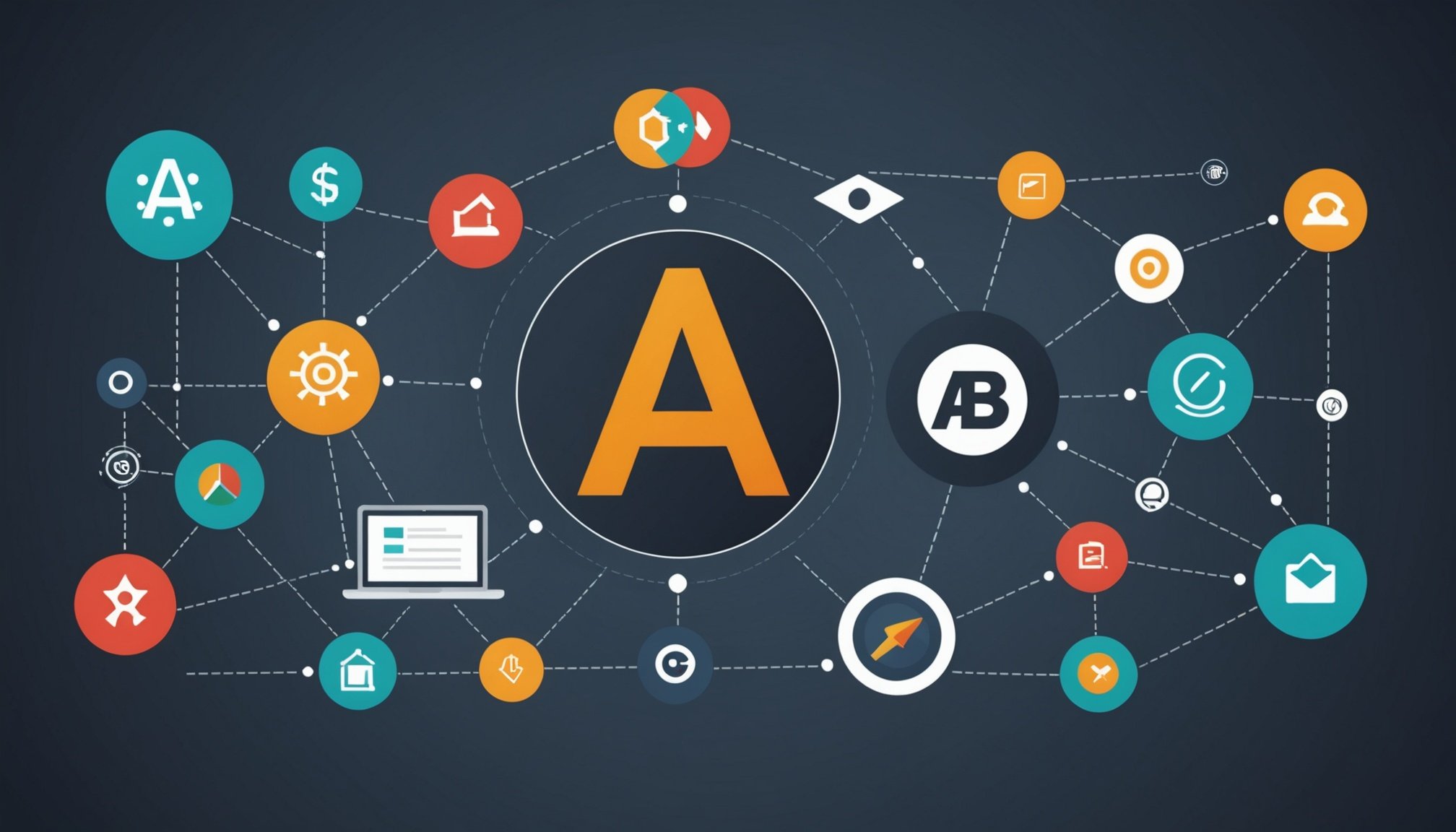A/B testing compares two variants to reveal which performs better, guiding smarter decisions. By measuring real user responses, it removes guesswork and highlights impactful changes. Mastering effective techniques means designing balanced experiments, interpreting results with care, and applying insights to optimise websites, campaigns, or products efficiently. This approach transforms uncertainty into clear, data-driven strategies that elevate business outcomes.
Understanding the Fundamentals of A/B Testing
master the a/b testing starts with grasping its core principles: comparing variations to optimize outcomes. It involves dividing traffic randomly between control and variation groups, then measuring specific metrics like click-through or sales. This process ensures unbiased, reliable insights.
In the same genre : How Can UK Businesses Leverage Advanced Computing to Enhance Their Marketing Strategies?
In practice, a typical A/B test compares control (A) with a variation (B). Results are analyzed using statistical significance tests—such as Z-tests or Student’s t-tests—to verify differences are genuine. Proper segmentation tailors tests to specific user groups, revealing nuanced behavior patterns.
This method is fundamental for conversion rate optimization across industries. For example, testing headline variations or button colors can lead to measurable improvements. Knowing the test duration, sample size, and confidence intervals ensures accurate, actionable results.
Also read : Book mockup essentials: an in-depth guide for authors and designers
Additionally, testing different page elements with reliable tools can uncover what resonates most with users. Understanding these basics enables organizations to make data-driven decisions, improving user experience and ROI systematically.
For a detailed overview, visit this page: master the a/b testing.
Implementing Effective A/B Testing Strategies
Crafting Hypotheses and Designing Tests
A/B testing starts with robust hypothesis formulation: begin by identifying problems or bottlenecks through user behavior analysis, like bounce rate reduction or conversion funnel optimization. Define clear objectives and predict expected outcomes, as these will guide your experiment design principles. Control vs variant comparison forms the backbone—select a “control” (A) and one or more “variants” (B) for variables such as headline testing, button color impact, or layout variation testing, targeting improved user experience improvements and enhanced conversion rate optimization.
Selecting Appropriate Testing Tools and Platforms
Choosing the right platform is critical for reliable split testing basics. Popular test platforms combine visual editor tools, real-time analytics, test automation benefits, and integration with analytics platforms to streamline the workflow. When selecting A/B testing software, consider tool selection guidance around performance monitoring, AB test frameworks, and audience sampling techniques. Platforms offering advanced testing strategies support multivariate vs split testing and allow for SaaS platform testing, email campaign tests, or mobile optimization testing to ensure results are actionable and robust.
Ensuring Proper Sample Sizes, Duration, and Segmentation
Statistical significance and confidence intervals are central to credible test outcomes. Use sample size calculation tools and an A/B testing calculator to determine required numbers for valid experiment documentation and reduce false positives explanation. Test duration best practices suggest running experiments long enough to minimize random noise and avoid sequential testing methods errors. Employ segmentation strategies, such as segmentation by demographics or funnel drop-off analysis, to interpret how different user groups respond. This extends to personalization impact and behavioral targeting, aligning your tests with conversion lift calculation and continuous optimization culture.
Best Practices, Challenges, and Industry Applications of A/B Testing
A/B testing, also known as split testing, fundamentally relies on rigorous experiment design principles to produce actionable insights. Ensure each experiment uses randomized audience sampling techniques, precise sample size calculation, and clearly defined control vs variant comparison to avoid introducing statistical bias. Rely on statistical significance thresholds, like 95% confidence intervals, ensured by adequate test duration best practices and sequential testing methods, before implementing any changes.
Avoiding common pitfalls starts with hypothesis formulation that is data-driven and addresses clear user behavior analysis. Using real-time analytics and proper interpreting p-values reduces the risk of false positives and identifies true conversion rate optimization opportunities. Effective segmentation strategies such as segmentation by demographics and behavioral targeting reveal variant performance across different groups. This approach increases the reliability and relevance of your test outcomes, especially when reporting and visualization tools integrate seamlessly with analytics platforms.
Industry case studies highlight the versatility of landing page experiments, headline testing, and button color impact tests across sectors. E-commerce frequently leverages A/B testing calculator use and iterative testing cycles for conversion funnel optimization, while SaaS and media utilize testing personalization algorithms to boost user engagement. Continuous optimization culture built upon iterative hypothesis refinement directly links A/B testing practices to measurable business growth.







